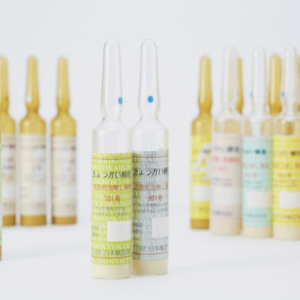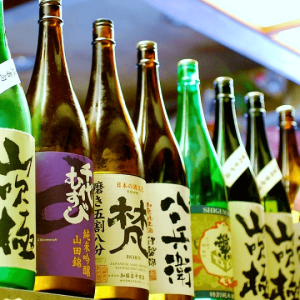
Like wine and beer, sake can deteriorate over time. This can lead to undesirable aromas called hineka.
What is hineka?
Hineka aromas are the result of improper storage, such as storing sake past its prime or at high temperatures. Heat causes the amino acids in the sake to bond with sugars, creating compounds called isovaleraldehyde and dimethyl trisulfide in a process related to the Maillard reaction. These compounds are the cause of hineka.
Sake varies widely in quality, and delicate varieties keep best in a refrigerator. Storing this kind of sake at room temperature will often lead to hineka. More resilient varieties can be safely stored at room temperature without spoiling.
But, even these hardier sake can develop hineka in certain circumstances: For instance, if the sake is stored at high temperatures for longer than the prescribed time period during transportation.
How to recognize hineka
Hineka aromas are sometimes compared to those of pickles. Although they are generally considered undesirable, the assessment criteria are somewhat vague, and some people may happily drink a sake without realizing that it has developed hineka. Like with “fermentation” and “rot,” a distinction can be made between “maturation,” which indicates a desirable change, and “hineka,” which indicates an undesirable change. Hineka’s negative image may also be related to sake tasting criteria, which employ a point-deduction scoring system whereby points are lost for imperfections and certain flavors are viewed negatively.
How to understand hineka
Hineka is subject to much debate, but a useful way to understand the concept is to think of “maturation” as the deliberate alteration of flavor through long-term storage, and “hineka” as an unintentional change arising during distribution or storage. Research into these once mysterious chemical processes is advancing, and detailed analytical data is now available on the compounds that cause hineka. Utilizing this data, efforts are currently underway in the sake industry to address the issue of hineka, such as by developing new hineka-resistant yeast strains.
*If you would like us to send you monthly updates and information, register here.





Comments